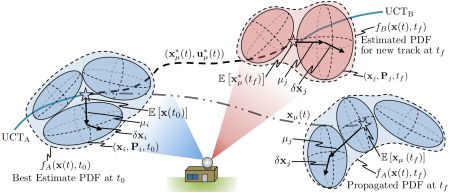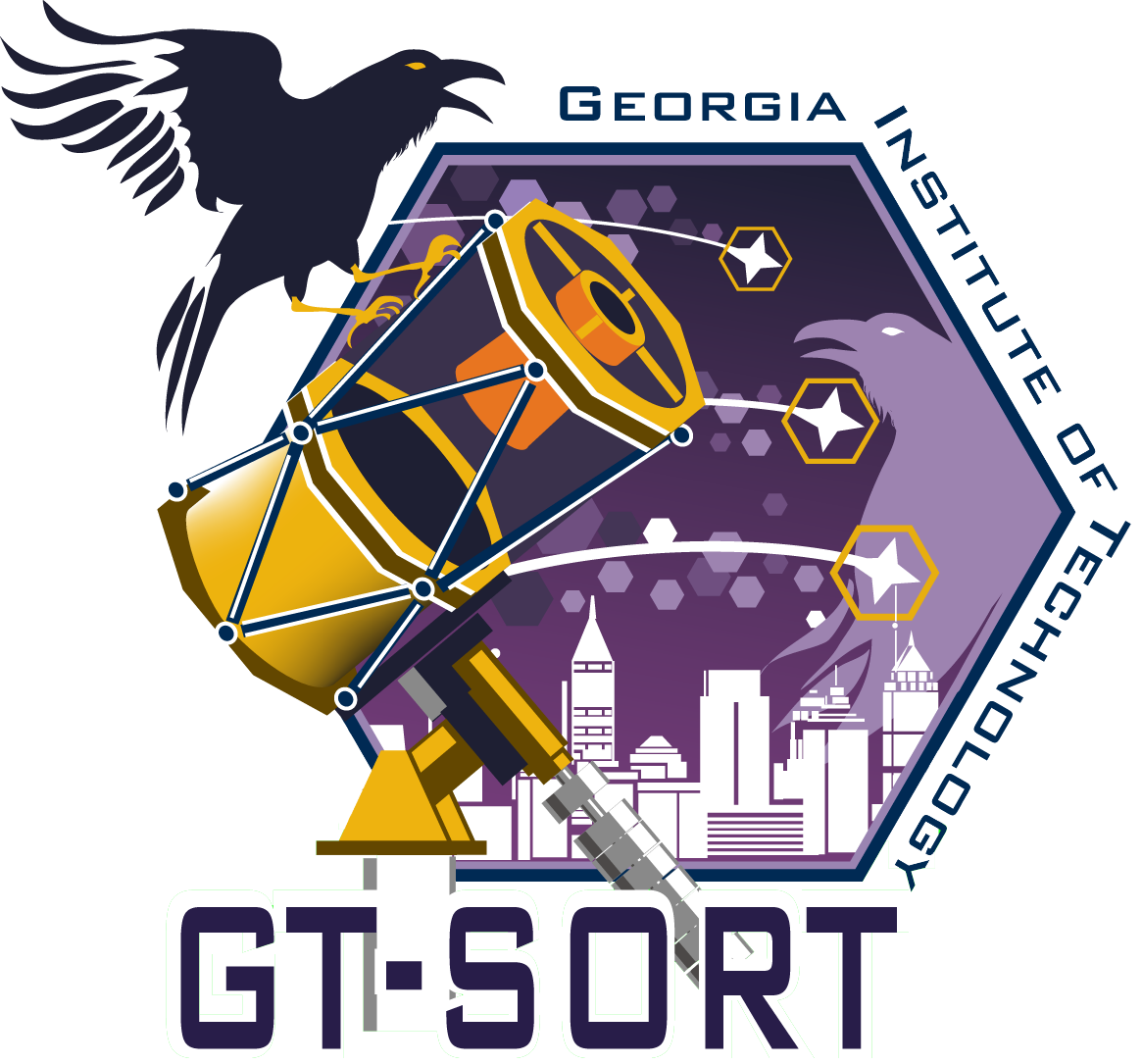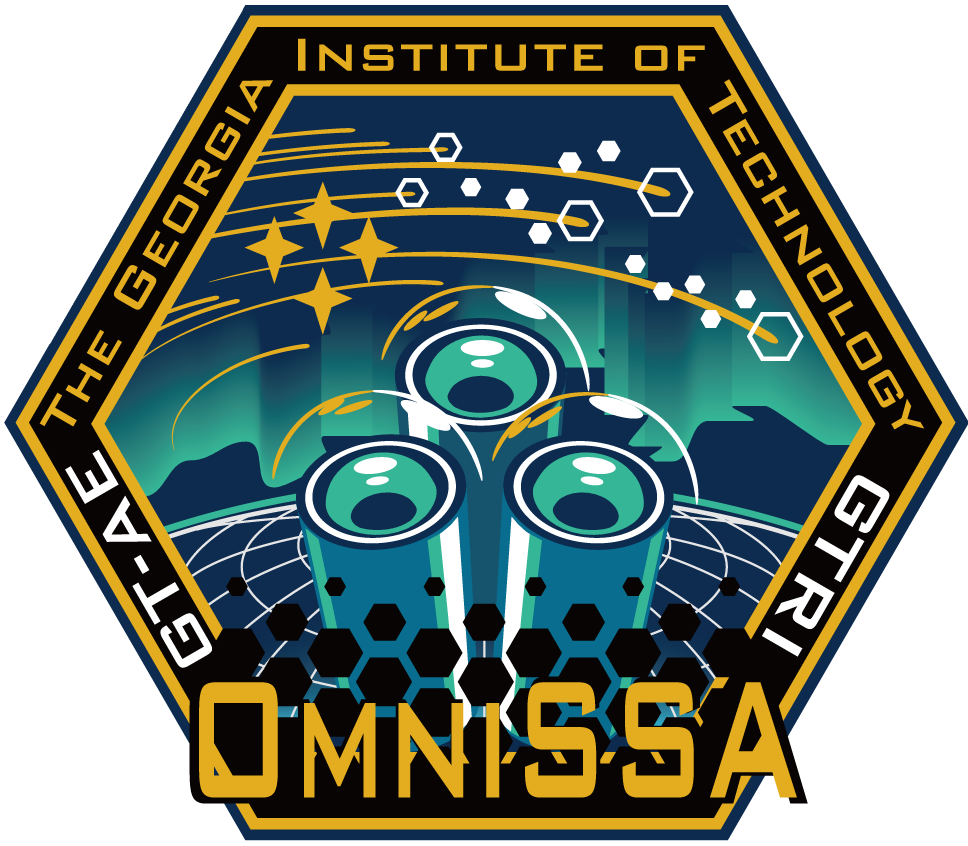Submitted by holzinger on Fri, 07/22/2016 - 09:49
Students Andris Jaunzemis and Midhun Mathew's paper Control Cost and Mahalanobis Distance Binary Hypothesis Testing for Spacecraft Maneuver Detection is officially published. The article examines maneuver detection using binary hypothesis testing (maneuver vs. non-maneuver) for both control (e.g. fuel) cost and more traditional Mahalanobis cost distance metrics. Andris and Midhun's method also allows users to specify rates of false alarm and extends both methods to Gaussian mixture approximations of general probability density functions. The full abstract is:
An anomaly hypothesis testing technique using the minimum-fuel control distance metric is extended to incorporate non-Gaussian boundary-condition uncertainties and employ binary hypothesis testing. The adjusted control distance metric uses Gaussian-mixture models to model non-Gaussian boundary conditions, and binary hypothesis testing allows inclusion of anomaly detection thresholds and allowable error rates. An analogous framework accommodating Gaussian-mixture models and binary hypothesis testing is developed using Mahalanobis distance. Both algorithms are compared using simulated and empirical satellite maneuver data. The north–south station-keeping scenario shows control distance to be less sensitive with increased uncertainty than Mahalanobis distance but more consistent with respect to observation gap duration, a trend which is corroborated using available real-world data. The same consistency with respect to observation gap is observed in East–west station-keeping while also showing the control distance metric to be more sensitive for shorter observation gaps. In the non-Gaussian boundary-condition case, control distance outperforms Mahalanobis distance in both detection and computational complexity. A synergistic operational application of these methods is presented.
Congratulations to Andris and Midhun!





